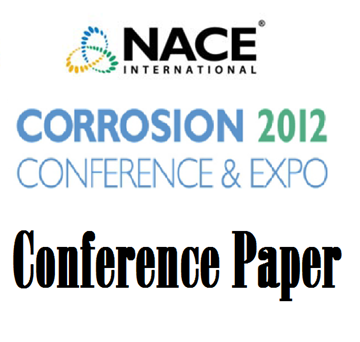Introduction: Prevention of premature failure of orthopedic hip implants has been a constant concern for physicians. The increasing number of hip implant surgeries and a younger and more active population in need for such devices require biomaterials with enhanced performance and durability. Corrosion and wear of implant articulation interfaces and modular parts can result in the formation of particulates which have been linked to osteolysis and destruction of native bone. In order to improve implant performance factors that influence wear and corrosion must be characterized to obtain optimal combinations of design variables. Thus the purpose of this study was to evaluate the influence of different materials in the wear and corrosion observed in implants retrieved during revision surgery due to several clinical reasons.Methodology: Different designs were selected including metal-on-metal metal-on-polyethylene and metal-on-ceramic. From 11 retrieval implants received 10 heads (metal or ceramic) 7 acetabular cups (metal or polyethylene) 8 liners (polyethylene ceramic or metal) 2 modular necks (metal) and 1 metal stem were evaluated. The samples were firstly analyzed by Optical Microscopy and later sectioned to be further analyzed by Scanning Electron Microscopy (SEM) Energy Dispersive X-ray (EDS) X-ray-Diffraction and Atomic Force Microscopy (AFM).Discussion: In order to evaluate the influence of each material in the morphological characteristics obtained the different components of the implants (head cup neck) will be discussed separately. The analysis in the heads showed that all materials were subject to wear and corrosion. Even the ceramic-based heads presented corrosion features such as pits and discoloration. It was observed that in the metal-based heads the corrosion features were more predominant. From 8 cups evaluated 7 presented a high degree of wear and corrosion. The cups from metal-on-metal implants showed the most severe wear and corrosion attack. The liners analyzed presented wear marks on the surface but only one with polyethylene/metal composition showed corrosion features. Finally the neck and stem were also evaluated. In these components besides wear and crack features organic materials deposited on the surface (e.g. blood) were detected.Conclusion: In summary all the retrieval implants showed wear and corrosion features in their modular parts. The worse scenario was observed in the metal-on-metal implant combination where the corrosion was most pronounced. Organic deposition was also observed mainly in the neck and stem components due to direct contact with bone. The combination of polyethylene and ceramic (head/liner or acetabular cup/liner) with metal in the implant designs helped decreasing the wear and corrosion. However these phenomenon still are detected even in these compositions. Development of a new coating technology will be considered for future studies.




